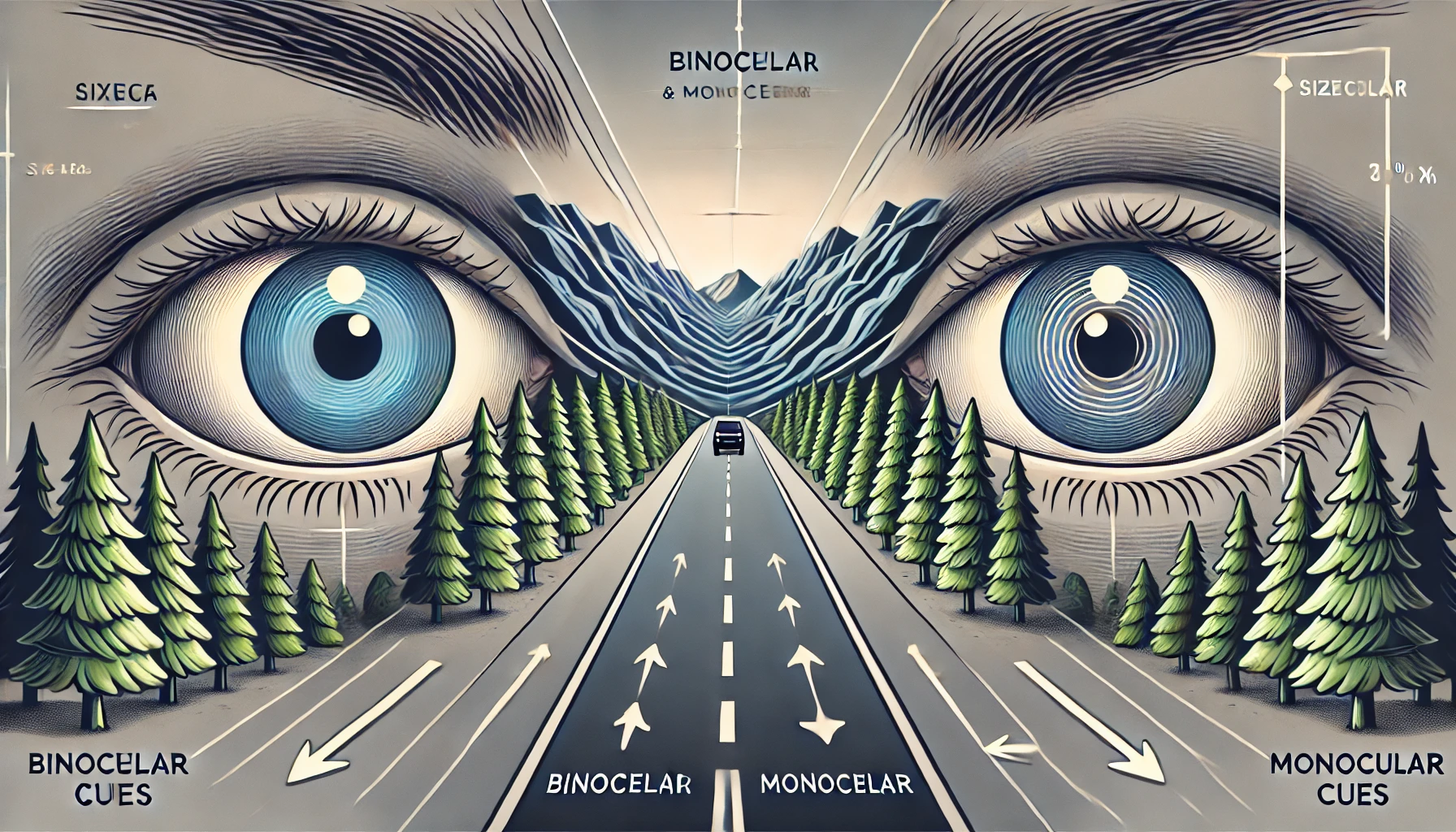If we only had one eye, stereoscopic perception would be difficult. Stereoscopic perception relies on both binocular and monocular cues, with binocular parallax from both eyes and monocular cues from one eye allowing us to perceive depth and distance. While binocular disparity plays an important role, monocular cues alone can provide some degree of stereoscopic perception.
If we only had one eye, would we be able to perceive the world in three dimensions? Stereopsis is the process of perceiving the world in three dimensions by recognizing the distance to an object. Stereoscopic perception is achieved by obtaining various cues from the visual information coming into the eyes, which can be categorized into binocular cues and monocular cues. Binocular cues are obtained by both eyes working together, such as similar images with disparity from both eyes. Monocular cues are obtained with only one eye, and humans are able to perceive the world in three dimensions by extrapolating from previous experience. The images on the retina are two-dimensional, but stereoscopic perception is achieved through various cues that allow us to recognize differences in depth between them.

Because our two eyes are in slightly different positions, the same object is seen at a slightly different angle by each eye. This is called binocular disparity, and the brain analyzes these subtle differences to calculate the distance to an object. For example, if you hold your finger in front of your nose and close one eye and then the other, you’ll notice that the position of your finger changes dramatically. This is a case of binocular disparity, which is greater for closer objects.
Monocular cues, on the other hand, are information that can be obtained with only one eye. Monocular cues alone allow humans to perceive the world in three dimensions through previous experience and learning. For example, when the same object comes into view at different sizes, we perceive it to be closer to the side with the larger visual field. This relative size of objects is a classic monocular cue. Another monocular cue is “straight-line perspective”. We perceive the narrower side of a parallel line formed by a straight path or rail as farther away than the wider side.
Another monocular cue, “grain gradient,” is obtained by successive changes in the size of objects that appear in the field of view at the same time, when the same objects are grouped together on a plane. For example, if you look at a field of flowers in bloom, the flowers appear to be larger at the front and gradually get smaller as you move backward, and this visual cue easily creates perspective.
In some cases, monocular cues can be obtained from movement. “Kinematic parallax” is how fast stationary objects appear to move when an observer is moving, giving clues to their relative distances. For example, if you’re traveling on a train and look out the window, you might notice that the trees near you are moving quickly, while the mountains in the distance appear to be almost stationary. This happens because distant objects occupy a smaller part of the field of view, while closer objects occupy a larger part of the field of view.
Animals can also utilize monocular cues for stereoscopic perception. In particular, animals with eyes on the left and right sides of the head have very little overlap between the two eyes’ fields of view, so they can’t utilize binocular cues. In these cases, monocular cues play a crucial role in stereoscopic perception. For example, some birds can determine the distance to a stationary object based on how much it appears to move when they move their head from side to side. This use of monocular cues is also observed in a wide variety of animals, showing that stereoscopic perception plays an important role in survival.
In conclusion, if humans had only one eye, stereoscopic perception would be difficult. The information provided by binocular cues is crucial for perceiving the world in three dimensions. However, monocular cues alone can provide some degree of stereoscopic perception, which can be supplemented by previous experience and learning. It’s interesting to note that many animals, not just humans, utilize these monocular cues to perceive the world in three dimensions. The complex mechanisms of stereoscopic perception allow us to understand the depth of the world and provide a richer visual experience.
 I’m a blog writer. I want to write articles that touch people’s hearts. I love Coca-Cola, coffee, reading and traveling. I hope you find happiness through my writing.
I’m a blog writer. I want to write articles that touch people’s hearts. I love Coca-Cola, coffee, reading and traveling. I hope you find happiness through my writing.